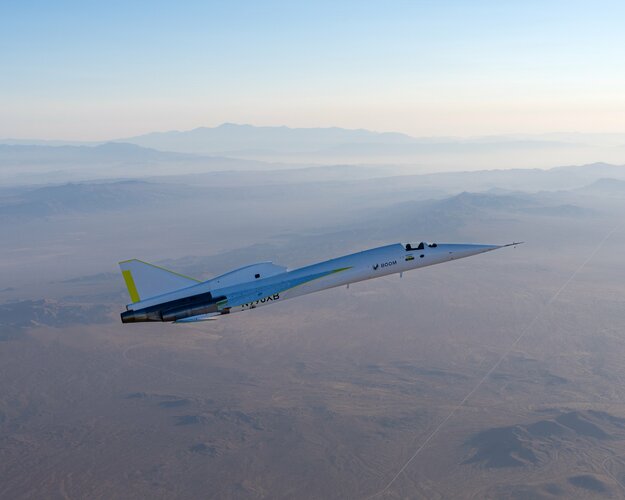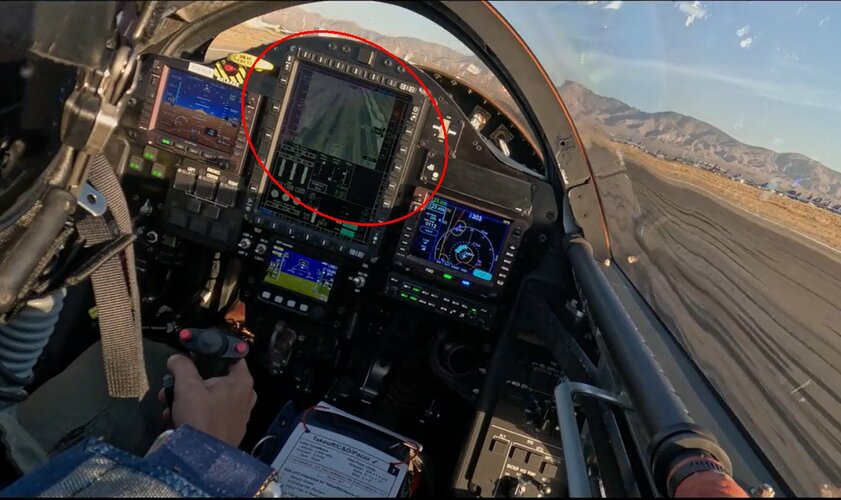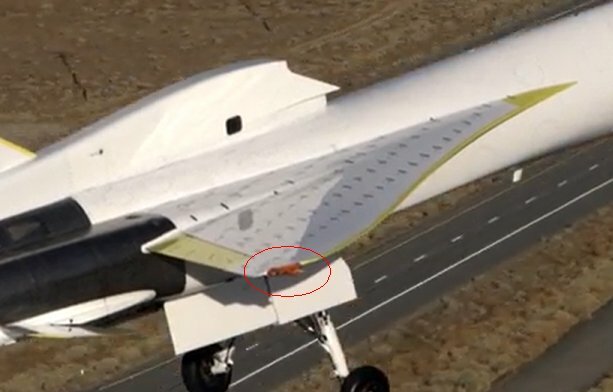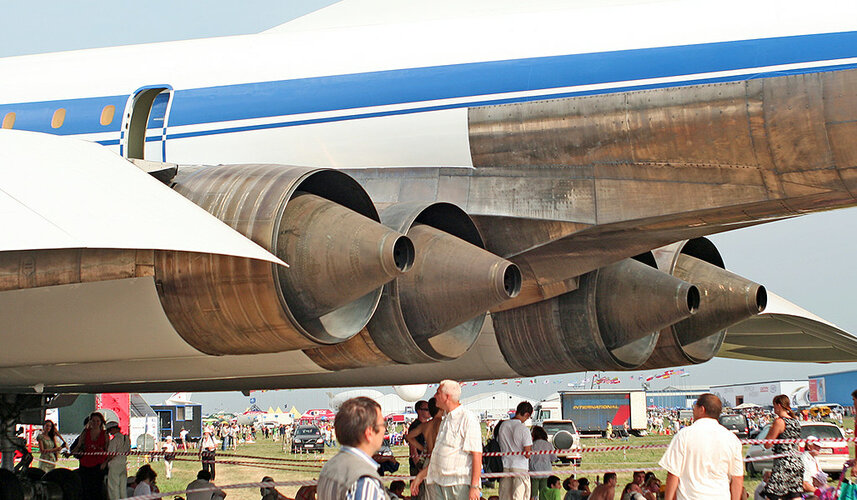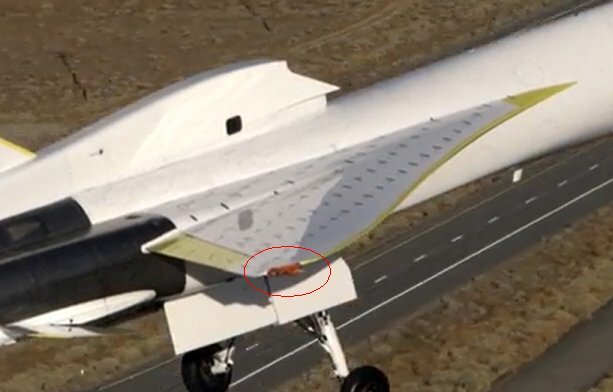Ah, yes, they will face animosity. As the industry is structured today, it sees selling a blend of airliners and Business jets with de-multiplied engine sales as being more profitable.*
It is often funny to see people comparing the economics of subsonic Vs faster aircraft, always discarding the increased number of rotations with their repercussion on daily flight schedule. Seems as if yield management among the airline industry, inexplicably fall through a trap door (without even Spirit & Boeing being the cause).
Sadly, it is blatantly evident that the present model of engineered obsolescence is not sustainable. We have experienced massive financial frauds and lenient quality management, gone through a spike. IMOHO, those, among others, are clear signs of the end of an era.
It´s up to the industry to have that achieved only by outsiders, with the inherent risks on passengers safety... And profitability,
*But as expressed earlier, it´s only the very long range Business jets that will be affected.
It is often funny to see people comparing the economics of subsonic Vs faster aircraft, always discarding the increased number of rotations with their repercussion on daily flight schedule. Seems as if yield management among the airline industry, inexplicably fall through a trap door (without even Spirit & Boeing being the cause).
Sadly, it is blatantly evident that the present model of engineered obsolescence is not sustainable. We have experienced massive financial frauds and lenient quality management, gone through a spike. IMOHO, those, among others, are clear signs of the end of an era.
It´s up to the industry to have that achieved only by outsiders, with the inherent risks on passengers safety... And profitability,
*But as expressed earlier, it´s only the very long range Business jets that will be affected.
Last edited:



